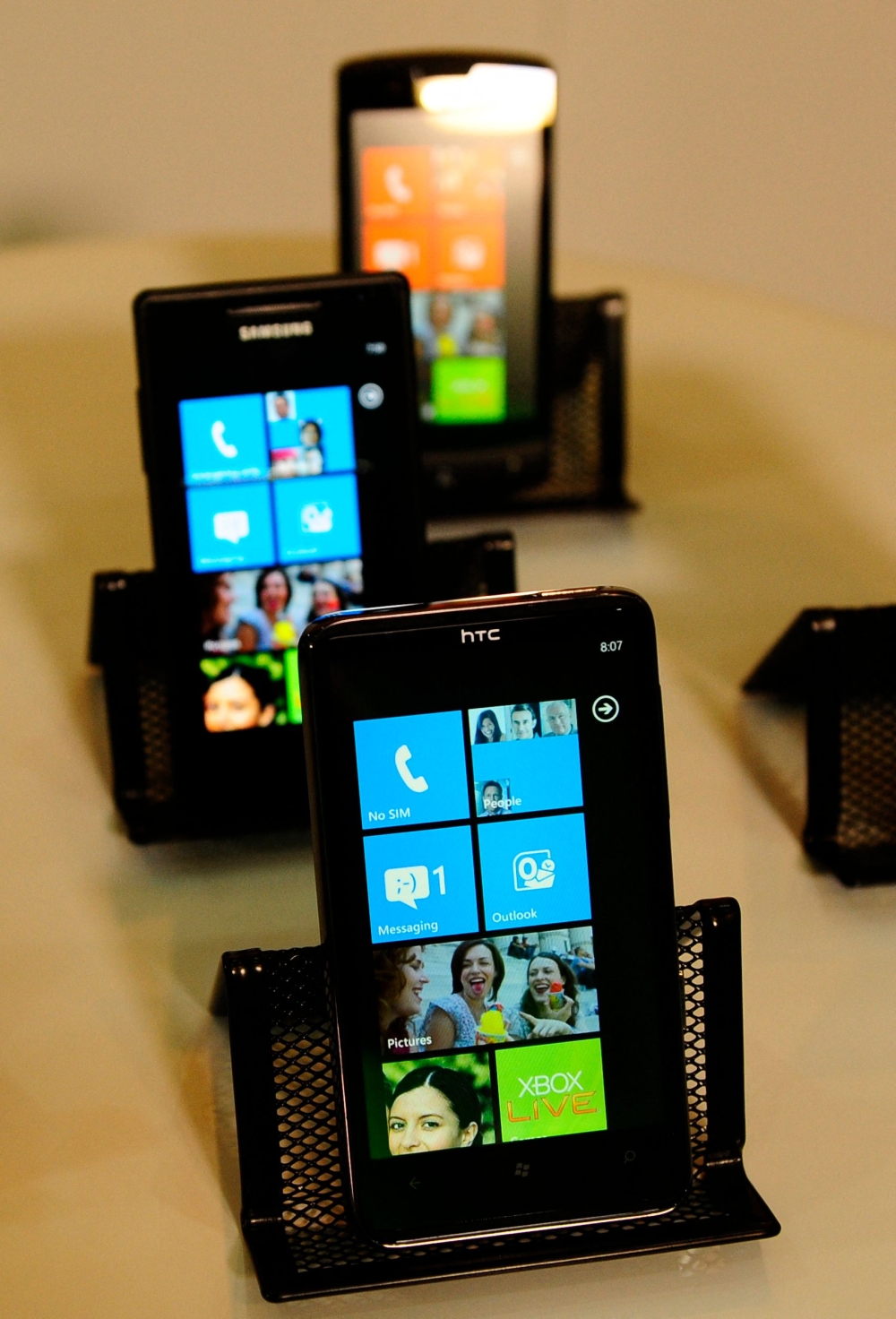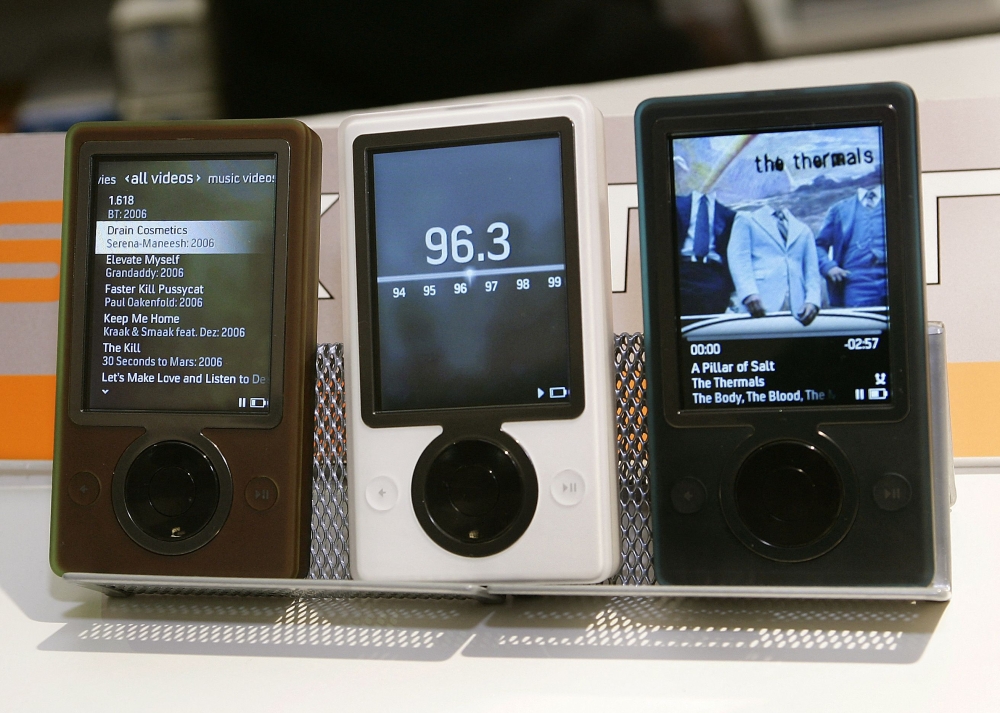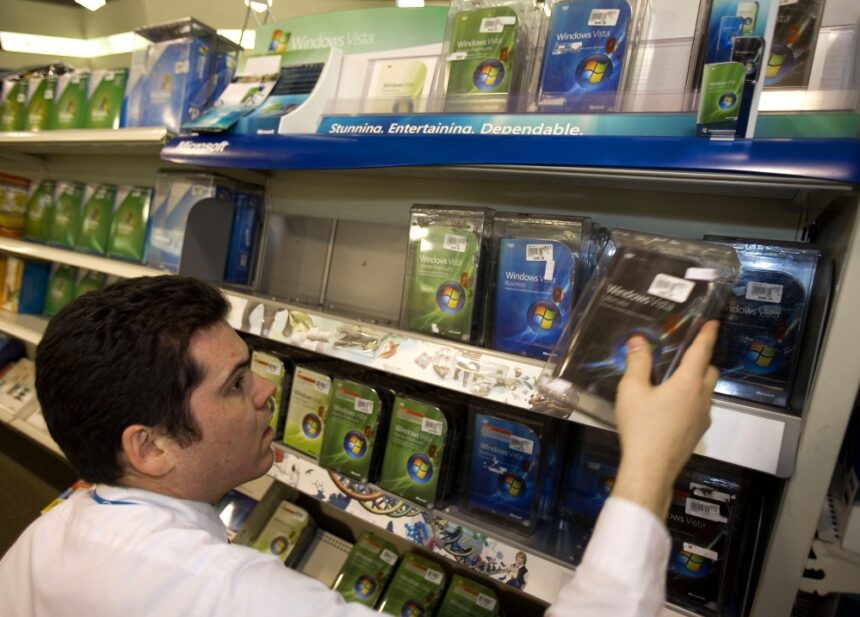PARIS, April 1 — Created in 1975 by childhood friends Bill Gates and Paul Allen, Microsoft today is one of the five Big Tech titans.
Ahead of its 50-year anniversary on April 4, a look back in numbers at some highs and lows:
Shoppers in Tokyo, gather around imported English versions of Microsoft’s Windows 95 software in a computer store on August 25, 1995. — AFP pic
365
Microsoft Office, the company’s suite of software products containing Word, PowerPoint and Excel, was launched in 1989 and hit shelves a year later.
Over time it became the go-to home computer software across the world.
Two decades later the company rebranded it to the cloud-based Office 365, with a new licensing structure and payment via an online subscription-based system.
Released on the market in 2011, it also allowed consumers to pick and choose, allowing those not using Microsoft’s operating system (Windows) — Mac users for example have MacOS — to buy and run 365 products.
The number 365, now synonymous with the company, underscored dynamism and flexibility, with products available anywhere, 365 days a year.
In Microsoft’s latest quarterly figures published on January 29, the company said the number of users, or “consumer subscribers”, of Office 365 was 86.3 million at the end of December 2024.
95 per cent
Microsoft’s web browser Internet Explorer, first launched in 1995, reached its peak dominance of the market share in the early 2000s when it was the browser for up to 95 per cent of world users, according to the web analytics site, WebSideStory.
But the browser was beleaguered with security issues, even prompting PC World magazine to dub version 6 as the “least secure software on the planet”.
Internet Explorer’s market share was progressively battered down as users turned increasingly to other browsers such as Google Chrome and Firefox.
In 2022, Microsoft finally retired Internet Explorer, replacing it with Microsoft Edge, which has a market share of 5.3 per cent, far behind Chrome at 66.3 per cent and Safari with 18 per cent, according to Statcounter data for February 2025.

Devices running Windows Phone 7 (WP7) are on display, a new mobile phone operating system as Microsoft seeks to regain ground lost to the iPhone, Blackberry and devices powered by Google’s Android software, during an event in New York, October 11, 2010. — AFP pic
Three months
While the first fifty years of Microsoft is by and large a phenomenal success story, there have been a fair share of flops along the way too.
Chief among those was the Kin, Microsoft’s foray into social networking on mobile phones.
In development for two years, it launched on the US market in 2010, sold by Verizon, but after only around three months the provider pulled it off the shelves due to dreadful sales.
The planned European launch was then scrapped and Kin took its place in the annals of Microsoft’s worst flops in history.
Here, it joined other now-forgotten aborted products such as Zune, a portable music player snuffed out by the iPod, or Portrait, an early failed version of Skype.

Microsoft’s new Zune music player is on display at RCS Electronics in New York City 14 November 2006. — AFP pic
70.5 per cent
Microsoft’s flagship operating system, Windows, ran on 70.5 per cent of the world’s desktop computers in February 2025, far ahead of Apple Mac’s OS X (15.8 per cent), according to StatCounter.
This dominance over global PCs has contributed to Microsoft — like the other four Big Tech companies Google, Apple, Facebook and Amazon — drawing scrutiny from US and European antitrust investigators, sometimes resulting in hefty fines.
US$2,900 billion
With Apple and Nvidia, Microsoft has one of the world’s largest market capitalisations at around US$2.9 trillion (RM12.8 trillion), as of the end of March.

One of Microsoft’s key partnerships has been with OpenAI, the creator of ChatGPT. — Reuters pic
US$80 billion
One thing sure to feature in Microsoft’s story to come is artificial intelligence.
It has made massive investments in the sector, one of the first tech giants to do so, and has earmarked US$80 billion for AI between July 2024 and July 2025.
One of its key partnerships has been with OpenAI, the creator of ChatGPT.
However, the emergence in 2025 of China’s AI startup model DeepSeek, trained at a fraction of the cost of OpenAI’s systems, has stunned Silicon Valley.
Another area of key growth has been Microsoft’s cloud-computing arm Azure, which has a market share of 21 per cent, second behind Amazon Web Services (30 per cent), according to Synergy Research Group. — AFP





